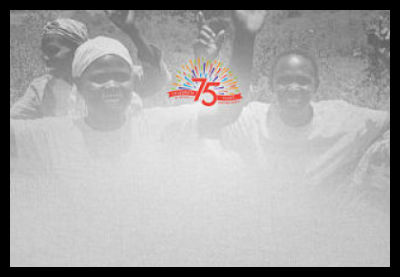
Relief International, or RI, is a humanitarian nonprofit committed to serving the world’s most vulnerable by providing emergency relief, rehabilitation, development assistance and program services.
This nonprofit’s mission recognizes that providing multi-sectoral, pro-poor programs that bridge emergency relief and sustainable development at the grassroots level is the best approach to empower the communities they serve.
By increasing local resources in both program design and implementation, the most vulnerable can then become self-reliant. This applies especially to communities that have been hit by natural disasters, which are subject to the most negative impact on those already in poverty.
But RI sees this as opportunity to bring about positive, social change using disaster as a catalyst for profound humanitarian efforts that foster an environment of self-help and sustainability.
They do this through six sectors:
- 1. Emergency, Health and Sanitation
- 2. Food and Agriculture
- 3. Education and Empowerment
- 4. Livelihoods and Enterprise
- 5. Shelter and Infrastructure
- 6. Protection and Human Rights
RI believes that by working through these sectors focused on large-scale crises, they can then provide the high-impact development emergency programming to communities in need.
According to their website, they claim to be the first U.S.-based agency to do this. Since its founding in 1990, their team has grown to be around 17,000 professionals working in 24 countries around the globe.
Though these numbers prove to be impressive for any nonprofit, RI continues to seek enthusiastic and committed individuals to join their team. There are a variety of ways to join by volunteering and interning in both the U.S. or abroad. This can be in development or in emergency response capacities.
– Chelsee Yee
Sources: Relief International, Santa Fe New Mexican

